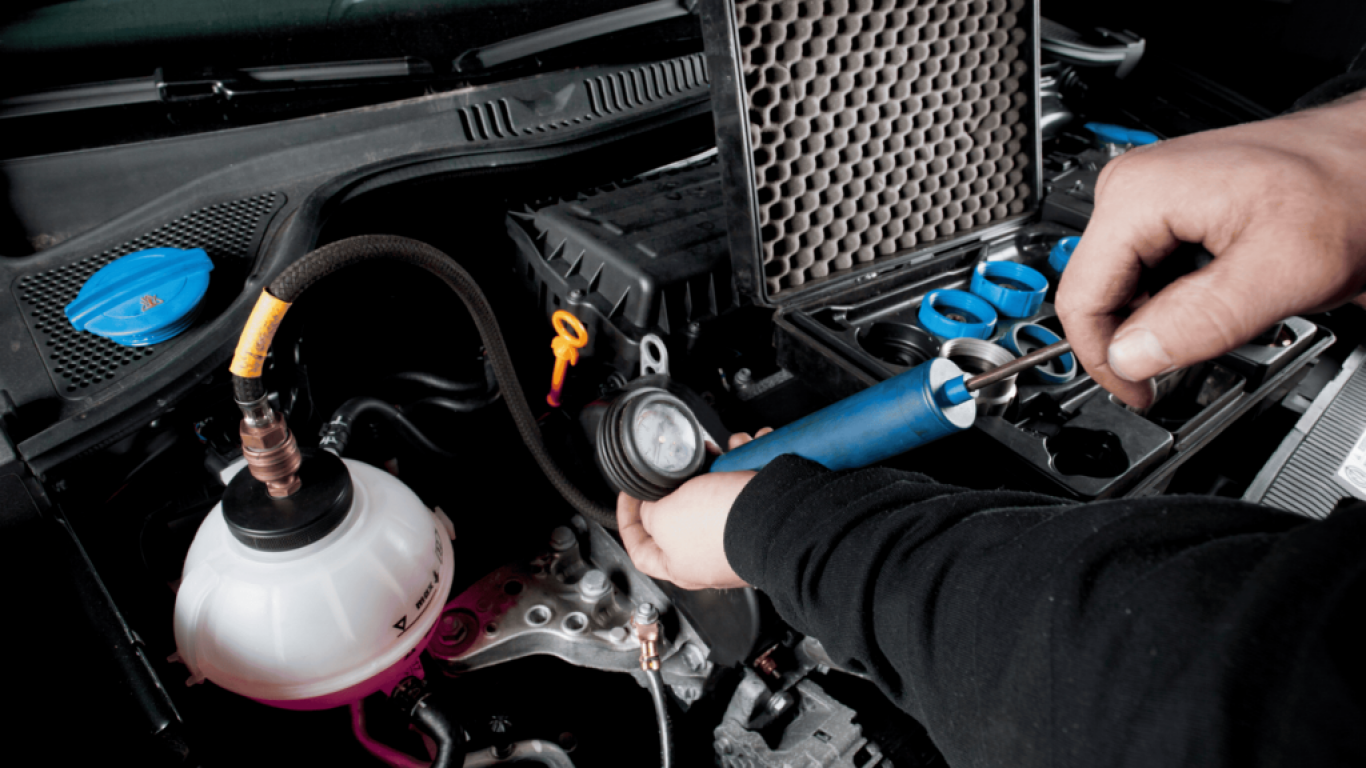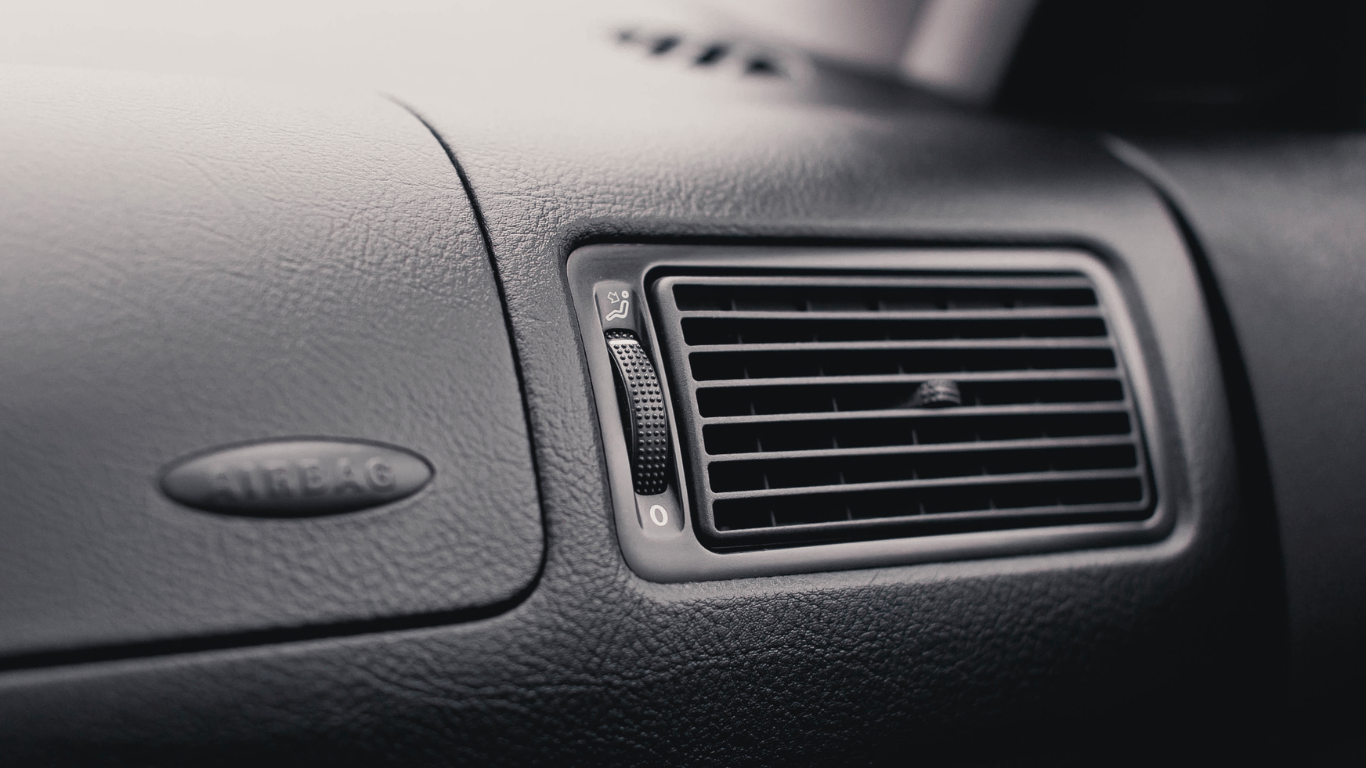Poorly maintained cars are a significant cause of breakdown and failure. If the cooling system isn’t properly maintained, it won’t function as it should, and your engine will suffer. Here’s how to keep your engine cool and run correctly.
Engine coolant, different from anti-freeze, is vital to a car’s cooling system.
An engine’s cooling system is the set of mechanisms that controls the temperature of an engine. This is important because an engine can quickly overheat if it runs too hot.
When a car has been sitting for a few hours, check the temperature of its radiator. You can do this by touching a radiator hose or feeler gauge, which should be attached to the radiator cap and remain cool to the touch when the engine is cold. If you don’t have either of these, you can use your hand—just make sure it isn’t too hot!
The cooling system uses both air and water to regulate temperature. The air, which flows through most of the system, dissipates heat while the water absorbs and carries it away from moving parts. This process only works when there is enough liquid in the system—and this liquid needs to be coolant, not anti-freeze (anti-freeze can mix with coolant but should never replace it).
The engine coolant needs to be changed periodically.
The engine coolant needs to be changed periodically. How often depends on your vehicle’s make, model, and year. Ask a mechanic or consult your owner’s manual if you don’t know where to find the appropriate change-out frequency. You can do it yourself or have it done at a car shop. For those who like doing their own work on their cars, here’s how you’ll know when it needs to be changed:
Check the coolant level on the overflow reservoir (usually located under the hood next to the radiator cap) when the engine is cold and hasn’t run for several hours. The coolant should be up to or near your reservoir tank’s “full” line. If it isn’t, add more by pouring enough into the tank so that it reaches that line once again.
Take a look at your coolant’s colour—it should be bright green if your vehicle was made within the last 20 years (if not, contact a mechanic for guidance on what colour is correct for your specific make and model). If you see any brown discolouration in addition to green, or if any contaminants are floating around in there—tiny white flakes or chunks of anything else—you’re long overdue for an engine coolant swap-out and need to take care of that immediately.
When draining out old coolant and replacing it with new stuff, don’t blow off that step where you must thoroughly flush out all remaining traces of old fluid before refilling with new things! That process will ensure that no nasty deposits are left behind to cause problems down the road and void any warranty claims later on if necessary (remember how vital warranties are!).
I would like my coolant changed
The timing belt should be replaced as part of getting your oil changed.
It’s essential to take care of your car’s timing belt. It should be replaced every 96 000 kilometres or 2.5 years (whichever comes first). The timing belt is a rubber belt that synchronizes the rotation of the crankshaft and camshaft so that the valves open and closes at the proper times during each cylinder’s intake and exhaust strokes. If a timing belt fails, it can cause catastrophic engine damage by allowing the piston to hit a valve that isn’t properly closed. A broken timing belt can also allow a damaged engine to rotate backwards, causing even more damage to internal components. Timing belts are part of your car’s cooling system, which we will discuss below.
I would like my timing belt replaced
The oil in your car should also be changed periodically.
It is recommended that you change the oil every six months, but some people say 5000 km, and some say 8000 km. For example, many experts suggest that you should change it around every 5000 km for conventional motor oil. However, you can often go as long as 8–11 thousand kilometres with synthetic motor oils before needing an oil change. Some newer cars even have a sensor telling you when to change the oil.
You should occasionally check your power steering fluid level and replace or top it up if necessary.
You should occasionally check your power steering fluid level and replace or top it up if necessary. Although the power steering fluid is designed to last a long time, it should be changed every three months or 40 000 kilometres along with the rest of your car’s fluids.
Specifications for each vehicle will vary, but you’ll need to check your power steering fluid when the engine is cold and when it’s hot. If you check before starting the car, you can see how low the level has gotten while driving; if you check after letting your car run for a while, you’ll see how much was added by topping it off.
Keeping your car clean inside and out is vital to avoid damage and rusting.
It is essential to keep your car clean inside and out to avoid damage and rusting. Use a good car shampoo, warm water and a bucket to wash your vehicle once weekly. You must also regularly wax your car for added protection against the elements. It is crucial to keep the engine clean as it can become filthy from the accumulation of road grime, grease and oil. You should use soapy water with a scrubbing brush to ensure that all the dirt buildups have been removed from all the pipes, wires and hoses in the engine bay.
Do not use a pressure washer on your engine, as this could drive water into sensitive electrical components and cause short circuits or even fires! You should also be careful not to use too much pressure on all of the other parts of your vehicle as it could damage paintwork, seals etc. The interior should be vacuumed once or twice a month, with additional attention to removing any stains on carpets or upholstery.
If you follow these steps regularly, you can prolong the life of your vehicle.
If you follow these steps regularly, you can prolong your vehicle’s life and avoid buying a new one for many years. As with all things, consistency is essential. It’s easy to get tempted to skip this maintenance step, but if you do that, your cooling system won’t receive the regular care it needs when it needs it.
One way to help yourself be more consistent is to keep a log of the maintenance checks you perform on your car’s cooling system. Keeping an ongoing record lets you track how often maintenance is performed on different system parts and lets you know when they’re due again.



